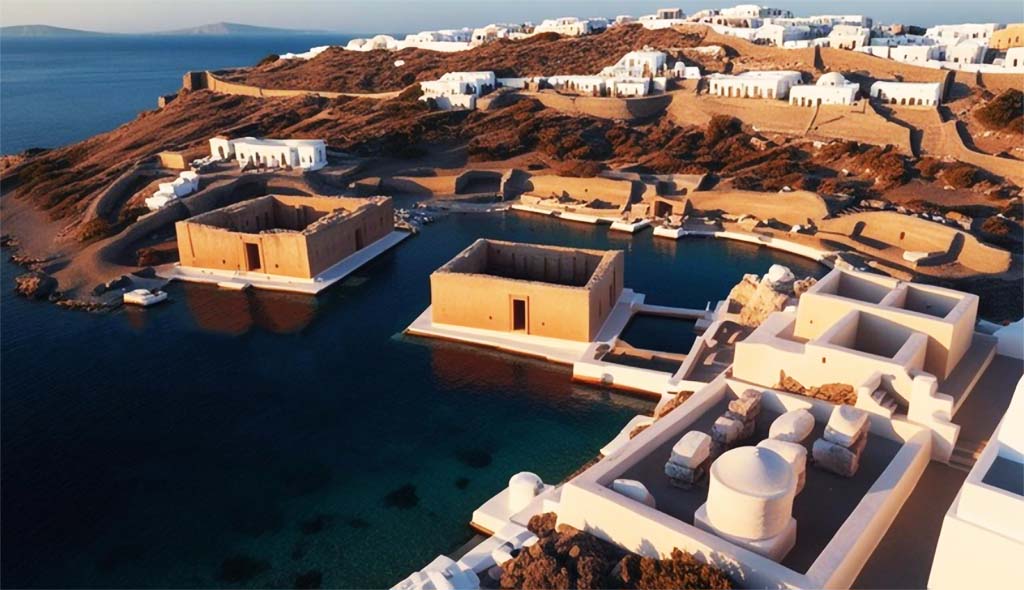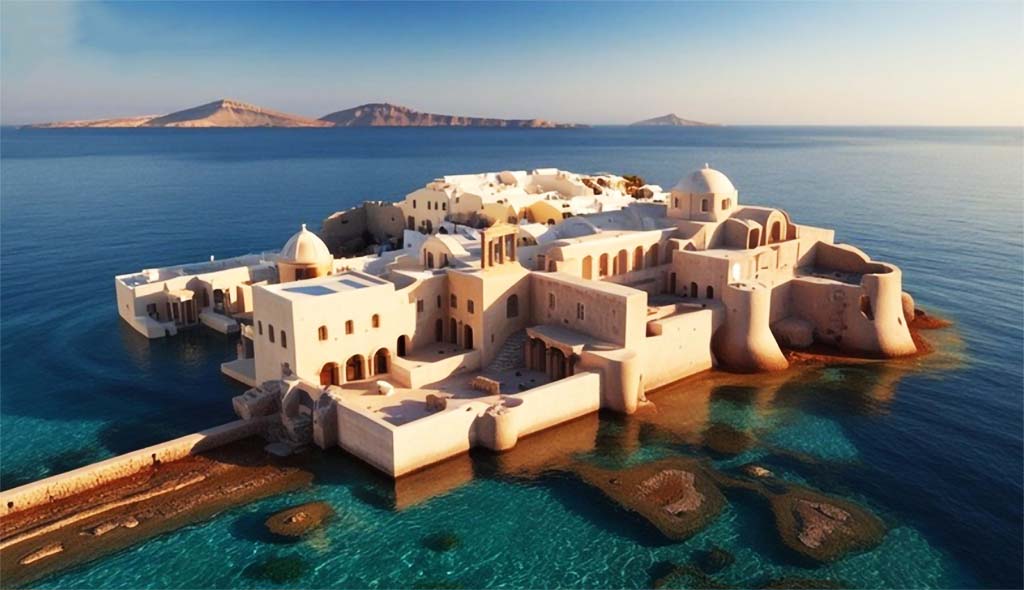The Lost City of Atlantis: Unraveling Santorini’s Minoan Past
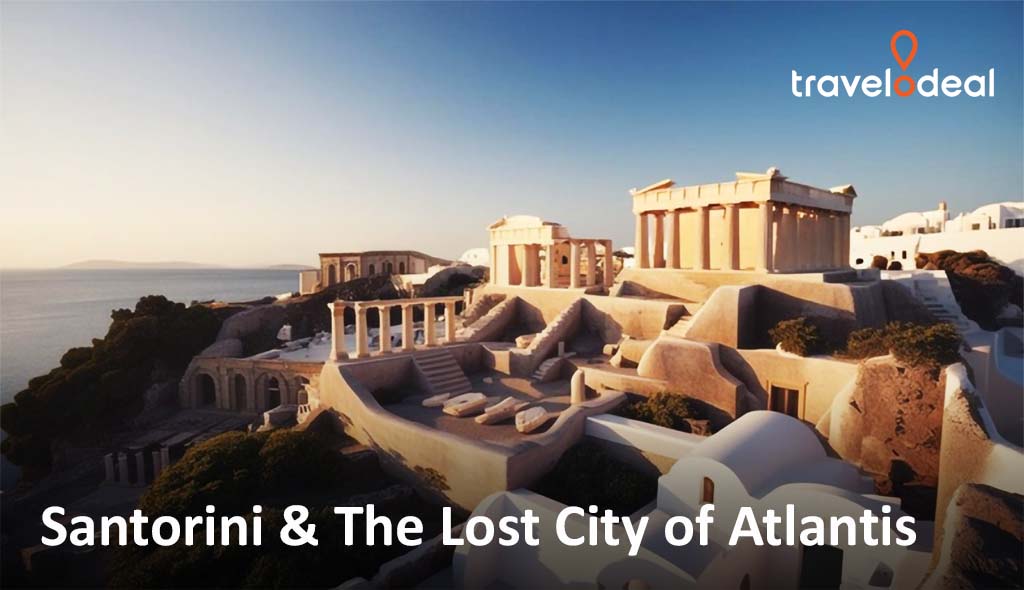
The legend of Atlantis has captivated imaginations for centuries, often intertwined with the rich history of Santorini. This stunning island, known for its breathtaking sunsets and whitewashed buildings, is frequently linked to the myth of Atlantis due to its volcanic origins and the advanced Minoan civilization that once thrived here.
Santorini’s connection to the Atlantis myth stems from theories suggesting that this ancient city was a powerful maritime empire, ultimately lost to the sea following a catastrophic volcanic eruption around 1600 BC. As you embark on your holidays in Santorini, you can explore remnants of this fascinating Minoan culture at archaeological sites such as Akrotiri, which many believe could be a glimpse into what Atlantis was like.
When planning your holidays, it’s essential to consider how to get around Santorini. While renting a car is an option, many visitors prefer alternative transportation methods such as local buses or taxis. For those wondering how to get around in Santorini without a car, numerous options including scooters and bicycles allow you to navigate the island at your own pace.
As you craft your Santorini itinerary, be sure to include must-visit places such as Oia for its iconic sunset views and Fira for its vibrant nightlife. A well-planned Santorini holiday guide will help ensure you experience both the beauty of this destination and its intriguing historical connections. With Travelodeal’s assistance in organising your trip, you’ll be able to immerse yourself fully in both the legends and landscapes that make Santorini truly unforgettable.
The Archaeological Significance of Santorini in Understanding Minoan Culture
The archaeological significance of Santorini extends far beyond its stunning vistas and picturesque sunsets. The island is home to the Akrotiri site, one of the most important prehistoric settlements in the Aegean, which offers valuable insights into Minoan culture. This well-preserved site provides a glimpse into life during the Aegean Bronze Age, showcasing advanced urban planning, sophisticated architecture, and intricate artwork that reflect the Minoans’ complex society.
Recent archaeological discoveries in Santorini have shed light on trade networks and cultural exchanges between various civilisations in the region. The findings at Akrotiri include elaborate frescoes and artefacts that illustrate not only daily life but also religious practices and social structures of the time.
For those interested in exploring these remarkable ruins, understanding how to get around in Santorini is essential. The island offers various transportation options including local buses, taxis, and rental vehicles that facilitate access to key archaeological sites. Whether you’re navigating narrow village streets or travelling between attractions, having a plan can enhance your experience as you delve into the rich history of this captivating island.
Exploring the Theories Linking the Minoans to the Atlantis Myth
Theories linking the Minoans to the Atlantis myth have captivated historians and archaeologists for centuries, particularly due to the intriguing connections between Plato’s writings on Atlantis and the archaeological findings on Crete and Santorini. According to Plato, Atlantis was a powerful civilization that ultimately fell into decline, which many believe could correlate with the Minoan society known for its advanced culture and maritime prowess.
One of the most compelling theories suggests that a catastrophic volcanic eruption on Santorini around 1600 BCE led to significant disruptions in Minoan society. This eruption not only devastated local settlements but also may have inspired tales of a lost civilization like Atlantis. The Minoans were renowned for their extensive trade networks across the Mediterranean, which further supports claims of their sophistication and potential influence on later cultures.
Moreover, as modern travellers seek holidays to Santorini, they often find themselves drawn into this rich tapestry of history. Exploring the remnants of ancient civilizations amidst stunning landscapes allows visitors to reflect on how these myths continue to shape our understanding of past societies. Whether you are wandering through ancient ruins or relaxing by crystal-clear waters, the connection between reality and myth remains ever-present in this enchanting region.
The Impact of the Volcanic Eruption on Santorini and Its Inhabitants
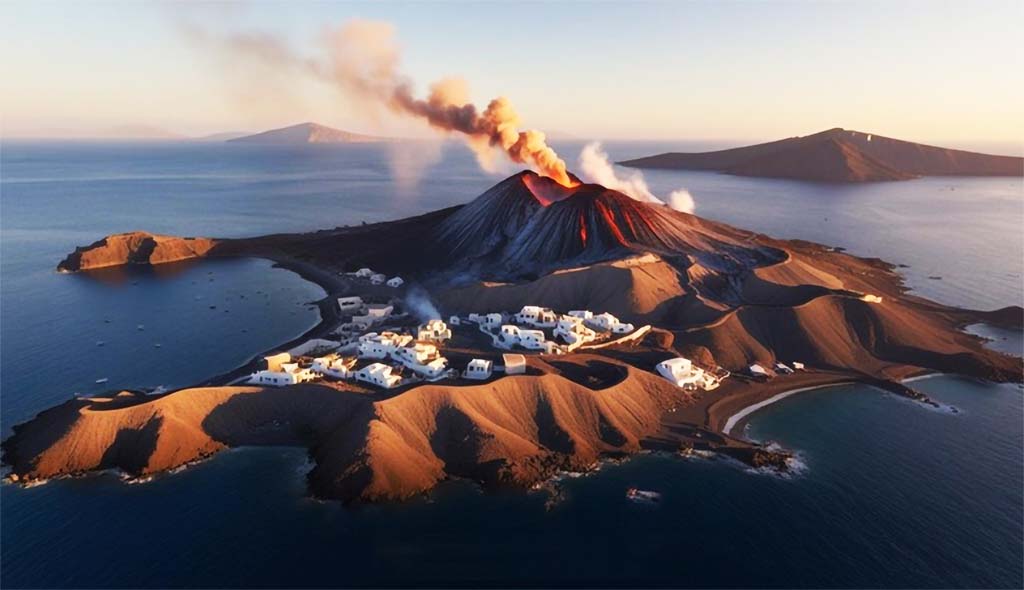
The volcanic eruption of Santorini in 1620 BC had profound implications not only for the island itself but also for its inhabitants, particularly the Minoans. This catastrophic event is believed to have contributed significantly to the decline of Minoan civilisation, as the resulting ash and pyroclastic flows devastated agricultural lands and disrupted trade routes.
One of the most notable archaeological sites affected by this eruption is Akrotiri, a thriving Minoan settlement that was buried under layers of volcanic material. The preservation of Akrotiri offers invaluable insights into ancient life, showcasing advanced urban planning and vibrant frescoes. However, the destruction wrought by this natural disaster serves as a stark reminder of nature’s power.
In modern times, transportation in Santorini has evolved significantly since those ancient days. The volcanic landscape has shaped not only the island’s geography but also its infrastructure. Today, ferries and flights connect Santorini with mainland Greece and other islands, allowing visitors to explore its rich history while also highlighting how past volcanic activity continues to influence present-day life on this iconic island.
Modern Interpretations and Cultural Representations of Atlantis and Santorini
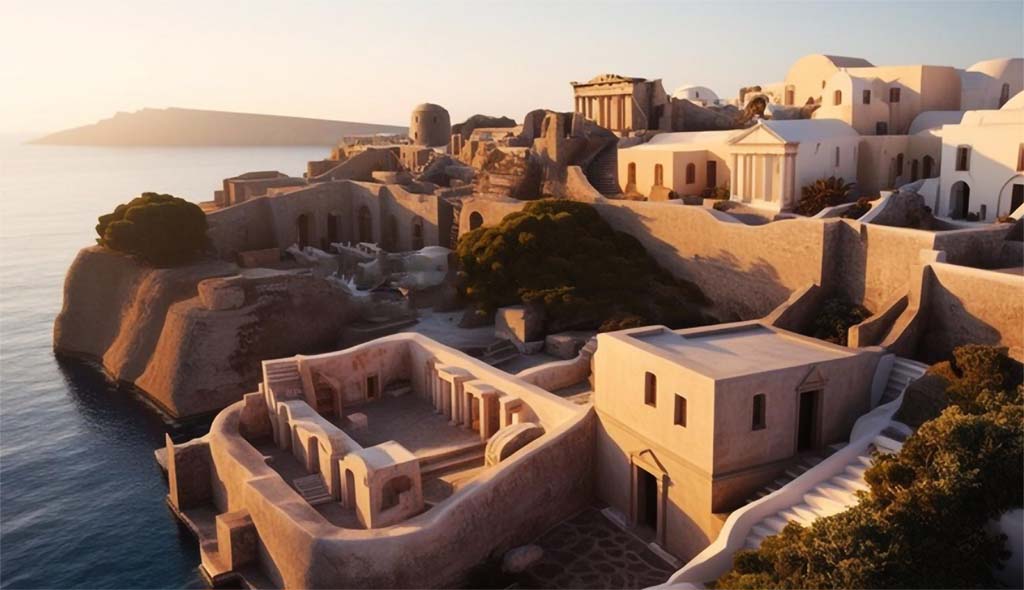
Modern interpretations of Atlantis and its cultural representations have captivated audiences across various mediums, from literature to art and film. In popular culture, the myth of Atlantis often serves as a backdrop for stories exploring lost civilisations, with many creators drawing inspiration from the idea of an advanced society that mysteriously vanished.
Santorini, with its stunning landscapes and rich history, has frequently been associated with the legend of Atlantis. This picturesque island is not only a place to visit in Santorini for its breathtaking views but also for its archaeological significance, which some believe echoes the mythological tales of a sunken city.
Art inspired by the Atlantis mythos often depicts idyllic scenes that evoke both wonder and nostalgia for a lost world. Similarly, literature about lost civilisations frequently references Atlantis as a symbol of human ambition and downfall. Documentaries on Santorini’s history delve into archaeological findings that suggest connections to ancient cultures, further enhancing the allure surrounding this enchanting destination.
As we explore these modern interpretations and cultural representations, it becomes clear that the legacy of Atlantis continues to resonate today inviting us to ponder our histories while inspiring future generations through various artistic expressions.
Conclusion: Rediscovering The Lost City Through Ongoing Research and Exploration
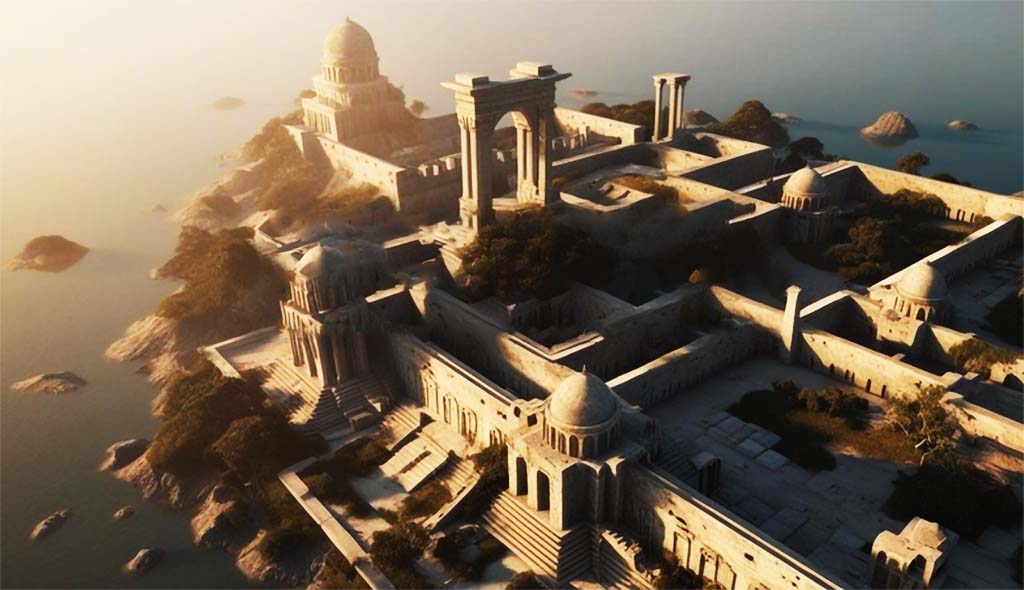
The archaeologists and historians, whom my preceding discourse has focused upon, have conducted so much research on Santorini, an island which is looked upon as Enchanting by many and continues to reveal fresh facts about its history and culture. The Santorini studies serve as a reminder to us about the varied aspects of the different civilisations we have come across over the years. It is not now and then that we have the blessing of looking upon such extraordinary views, and along with such geographical pleasure, one can enjoy the Santorini holidays encircled by the enchanting history that enhances the island’s magnets. It’s weird how Santorini’s archaeological sites, local culture and scenic views all together captivate the tourists with vibrant history at a single glance. With detailed works being carried out on Santorini, any person exploring the island or any place for holidays will surely be thrilled to witness this evolving place.

Kay Bustin is a seasoned freelance business consultant specializing in the travel industry. With over 18 years of experience in travel and tourism, she has helped numerous brands shape successful marketing and commercial strategies tailored to a dynamic global audience. Beyond her professional expertise, Kay is a passionate traveller herself, deeply enthusiastic about discovering new destinations and cultures, which brings an authentic perspective to her writing.
